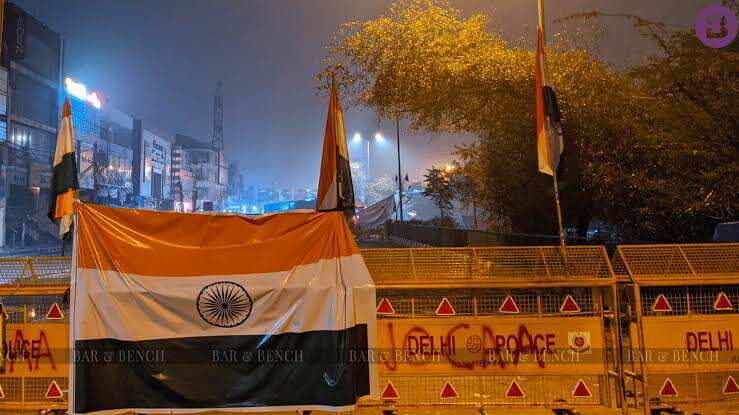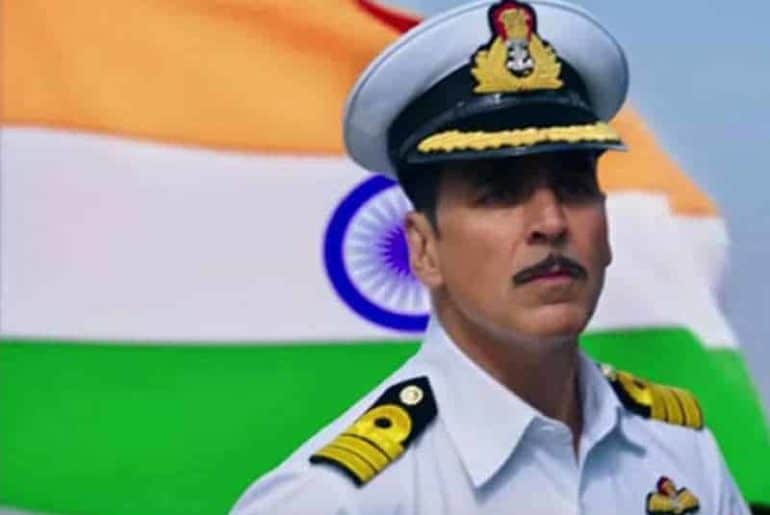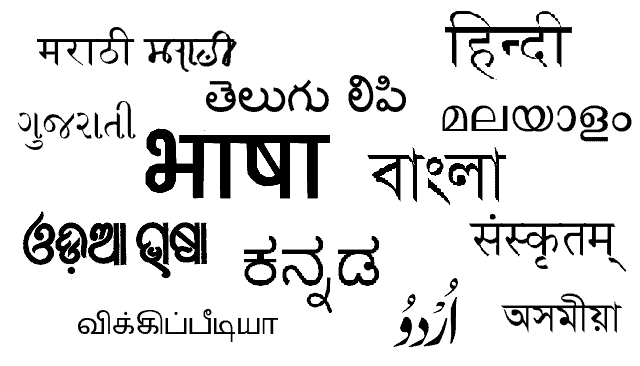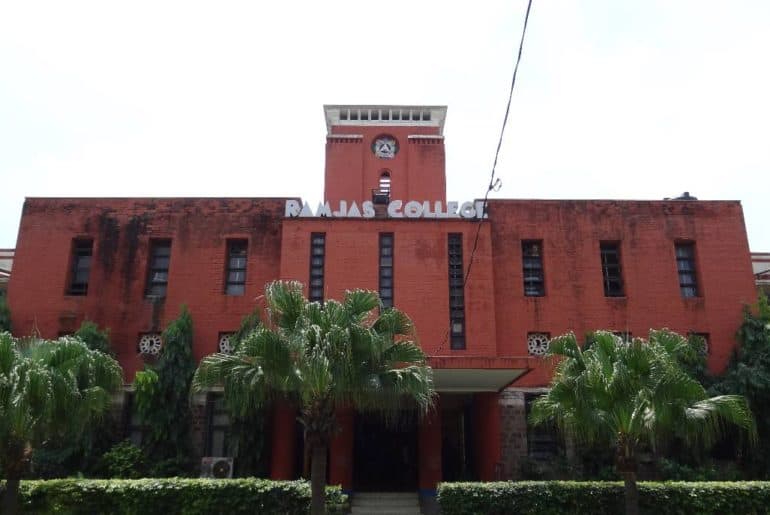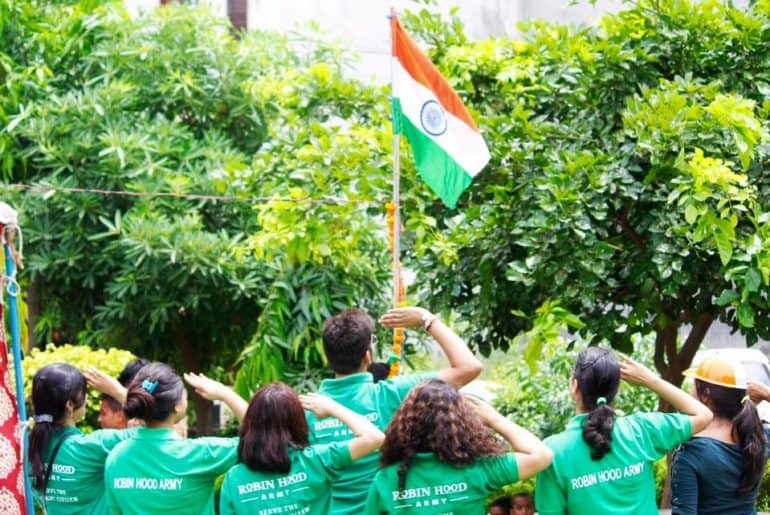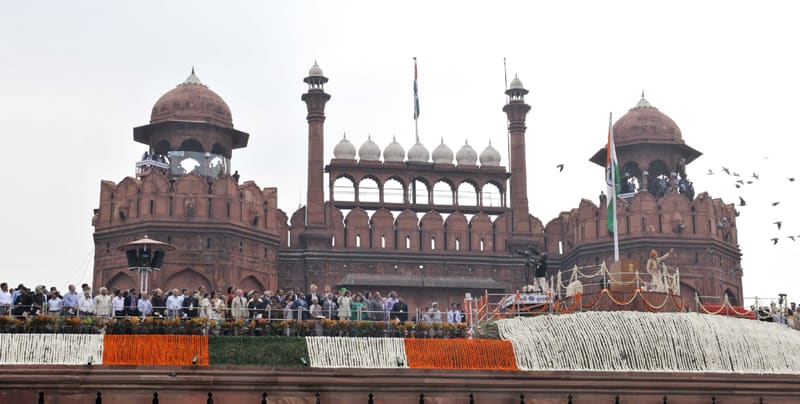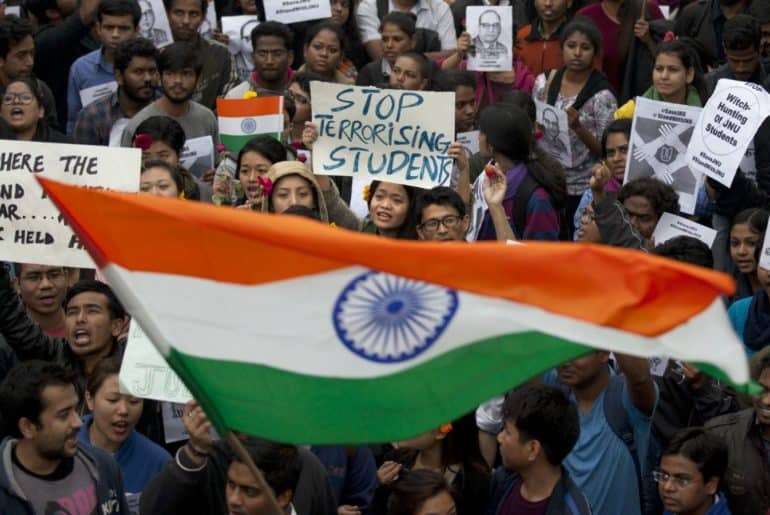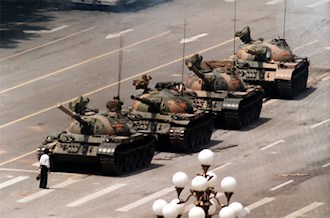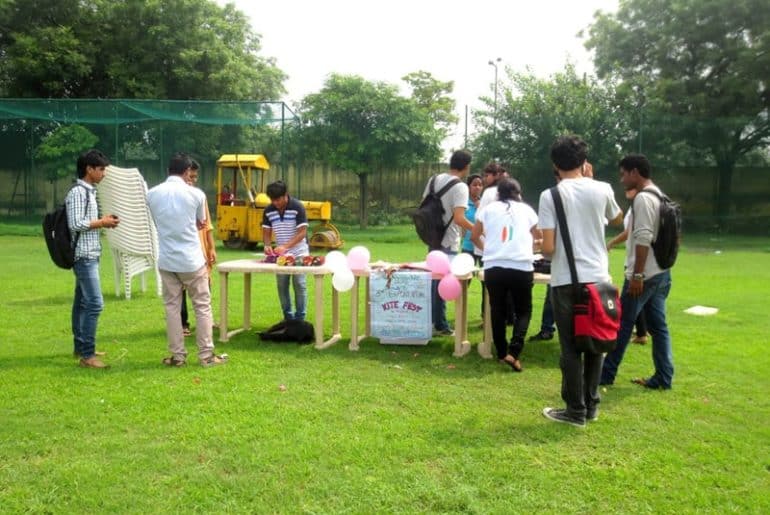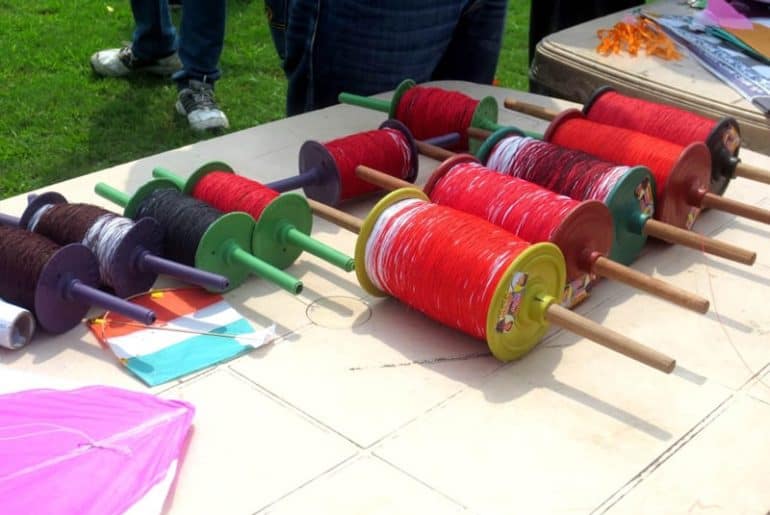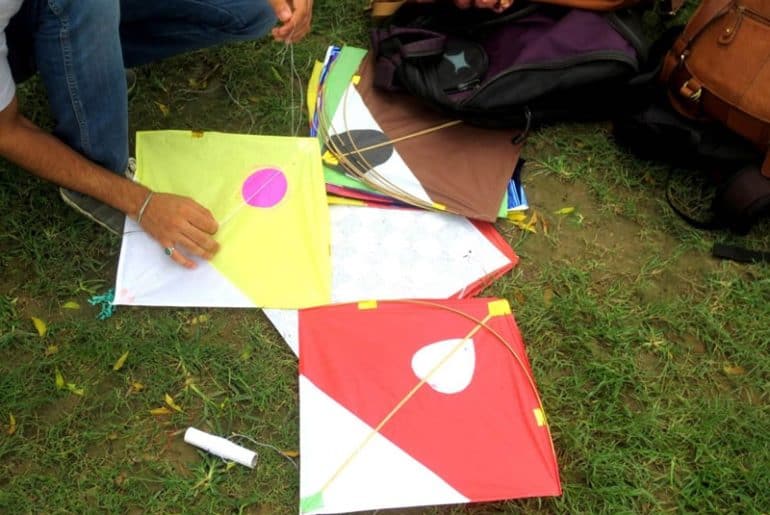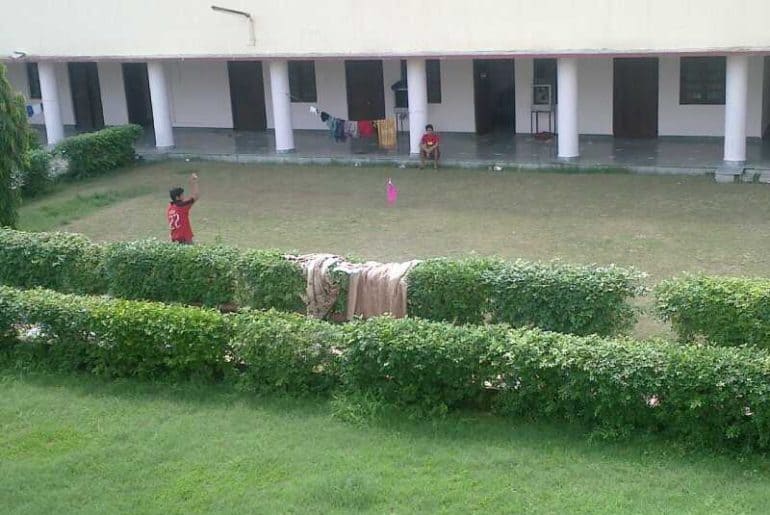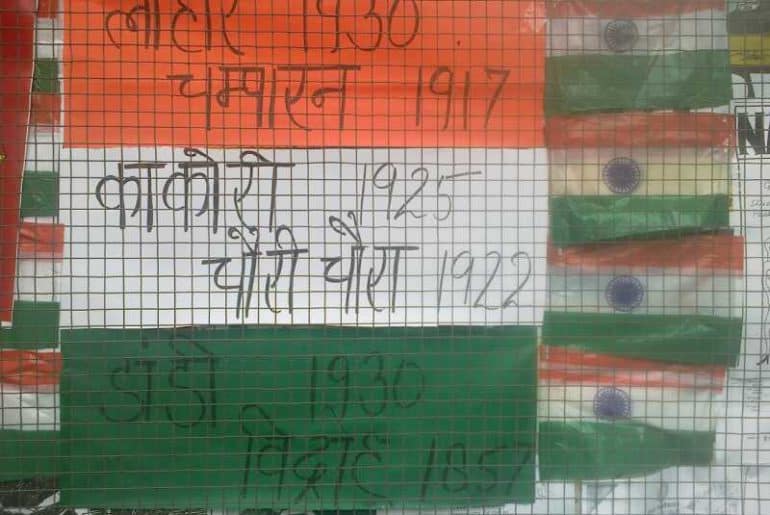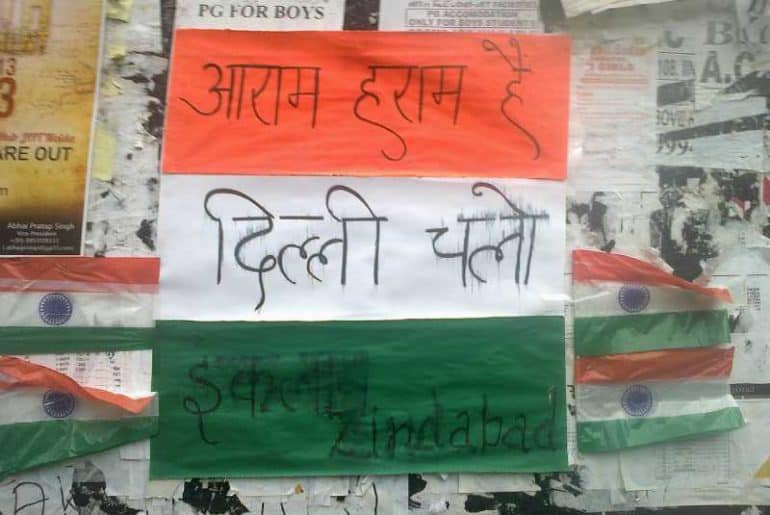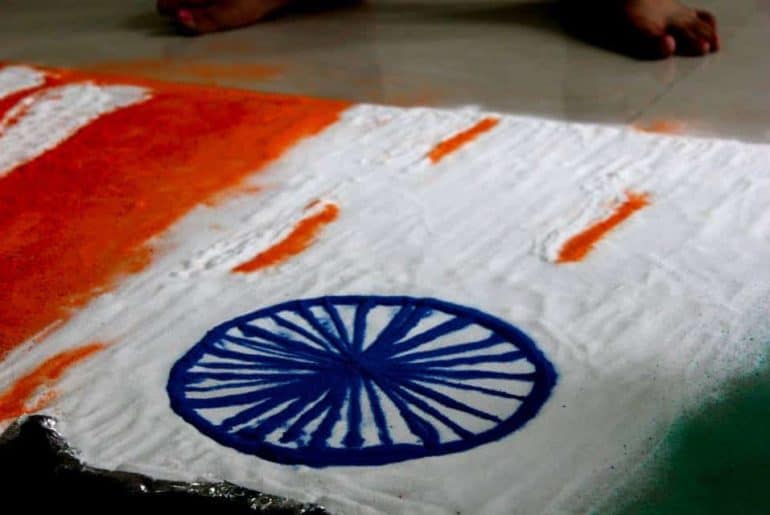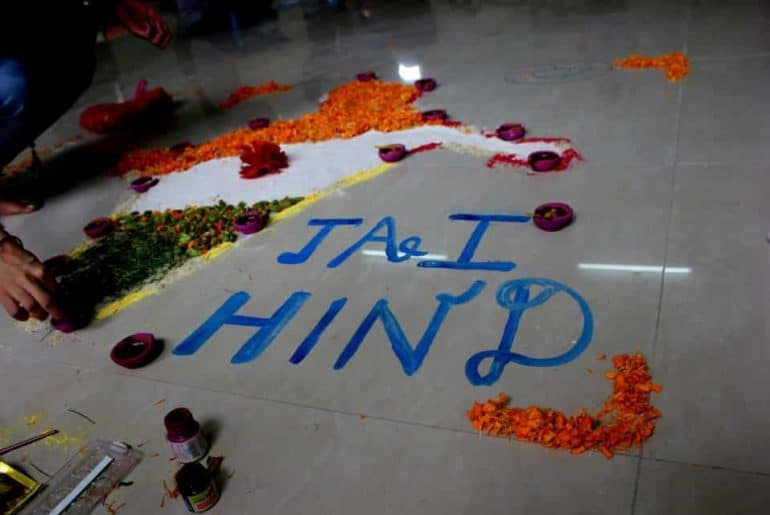The following piece promises the top 10 ways to celebrate this Independence Day that you won’t even find on your most favourite blog, read more to find out!
Come August and we see the fervour of patriotism reach it’s crescendo. From spending a lazy holiday with your family at home to extravagantly announcing your patriotism, everyone has a different way of celebrating Independence Day and exercising their own freedom of expression (ahem). So, what are your plans for the day? Finishing all the laundry? Or simply scroll through your Instagram feed for hours on end? Here is a list that might help out.
1. Update your social media with “Happy Independence Day”
The first thing you must do is post a loud and clear “Happy Independence Day” on your page. Next, spam all your contacts (even the ones you don’t really care about) with Independence Day WhatsApp forwards. Remember, the number of Independence Day messages you send and receive is inversely proportional to you being called an anti-national. Do NOT forget to put up the tricolour as your profile picture. Your personality should be entirely “tricolourised” to match with the aesthetic of patriotism.
2. Wear Tri-colour
The next thing you should do after you’ve bombarded all your social media with tricolours and swiped through all the Instagram stories screaming patriotism (read jingoism), you should go and wear the tricolour. Make special efforts to match your outfit with our honourable Prime Minister’s turban, it will add extra punch to your patriotism. Wear the tricolour and while you take pride in its long history of struggle and sacrifice, conveniently forget the sacrifice of those whose tricolours are stained by the blood of pogroms and genocides. Cheers.
3. Listen to our beloved PM’s speech
Even though it’s a holiday and you can sleep till late, you should wake up at 8 am in the morning and get yourself ready, of course you can sacrifice your sleep for your country, right? Switch on the TV and listen to the whole speech by our honorable Prime Minister from the ramparts of the Red Fort. Take special notice of how many times he mentions about Manipur burning, or the recent killings of Muslims in Nuh, Haryana and Gurgaon or even gives cognizance to the fact that so many of our daughters are raped every day. Once you watch the whole speech, just turn to one of your favorite news channels (read Godi Media) for a more detailed analysis of the speech. And don’t miss out on the part where they show yet another record set by the PM for the longest speech (with empty rhetoric). Haha love you Modi Ji.
4. Attend/watch the Independence Day parade
Try your best to attend the parade in person at Lal Quila. If not, you must make up for it by playing it on the television and sitting through the entire event. The parade would give you a sense of glory and charm of the military and developmental prowess of India and you MUST take pride in it (at all costs). As you watch the defence forces march, do not let thoughts of military excesses and humanitarian crimes committed in ‘disturbed’ areas intrude on your national pride in the army.
While you enjoy the glorious parade, do not let anybody remind you of the Kuki woman being paraded naked in Manipur. Let the loud band and shrill music make you deaf to the rage of resistance and shroud the silence of the state. Love for one’s country after all must mean complete complacency with institutions of power. India is a democracy, yes. One that has come to value submission to authority as a mark of national pride. Be sure to uphold that on this Independence Day.
5. Hoist flags
If you don’t live in Delhi and can’t go in person to see the flag hoisting, hoist your own flags. Hang the flag all around the neighbourhood, Wave the flag all around while you take the tour of the neighborhood on your bike. Chant “hyper-nationalist Hindutva” slogans for special effects! Make sure you catch the attention of everyone, the number of people who will see is equally proportional to how strong your identity as a citizen of India is. Christians are advised to take at least two rounds on their bikes, not any less than three is recommended for
Muslims (beware of those who might try to snatch your tricolour, pun intended.)
6. Watch patriotic movies
You must spend the rest of your day with the same patriotic zeal. And what’s a better way of instilling national pride than to consume movies – Bollywood patriotic movies that have just the right amount of tadka, thrill, romance, and an overdose of desh bhakti. Watch the story of an exceptionally talented military officer/ RAW agent whose entire personality revolves around an internalised macho saviour complex and the villain is most likely Pakistan or Pakistani terrorists (let’s learn from phantom). Or you can choose to watch something like Uri
to witness the proficiency and swiftness with which vengeful military decisions are made and mindless violence is presented as defence (indeed similar immediacy in action was absent when Manipur burnt unnoticed and migrant workers died of exhaustion and starvation during Covid. But let’s not remind ourselves of that, lest we hurt our national ego). Well, if you are the dissenter anti-national type, and both of these options are too problematic for you, just watch Veer Zaara (Hopefully it is subversive enough) and call it a day.
7. Reminisce about the freedom fighters
There is no way you can celebrate the present without revisiting the past. Our freedom fighters would indeed be very happy to see the current state of affairs in the country. Our freedom fighters are the personification of the past that is used to amplify and legitimise the hunger for nationalism in today’s India. No, you are not allowed to question or critique them. However, while you praise Gandhi’s plea for non-violence, watch the nation tread the path of militant Hindutva. While you praise Nehru’s plea for secularism, watch India take the alternate road-that to development and yoga of course. Praise Bhagat Singh’s violent resistance to British rule, but do not be a dissenter like him because those who adopted his ways to fight state-sanctioned oppression faced UAPA or death in today’s India. Savarkar must not be absent from the list of great freedom fighters, because who else reflects the idea of India better than him? Gulp in the hypocrisy because embracing apathy and blindness helps you celebrate a wonderfully guiltless Independence Day.
8. Flying kites
Flying kites on Independence Day is one of the most sought out activities amongst children, especially in the northern part of India. So after you’re bored of feeding (manufactured) nationalism and (jingoistic) patriotism, you should try your hands at flying kites. For adults flying kites is an effective leisurely activity to distract themselves from all the next day’s work problems, just like how the government conveniently ignores all the real world problems in parliamentary discussions. Be ambitious like our honourable Prime Minister and cut all the kites soaring higher than you (even if it requires unfair means). All the best!
9. Listen to patriotic songs
Your ears should, at all times, ring with patriotic songs. Be it Lata Mangeshkar’s ode to soldiers at the border in “aye mere watan ke logo”, or the uniting tune of “Kandho se milte hai kandhe” that stirs the army pride within us and asserts “hum chalte hai jab aise toh dil dushman ke hilte hai” (the identity of said dushman is hugely relevant to the creation of the national unity of India along socio-political lines). The idea is to play these songs and dance to them in glamorous Independence Day celebrations at your schools and offices. The idea is to sing them but pay attention to only selective words and messages. While collective thinking, pride, and national glory deserve attention, messages of unity in diversity and pluralism as reflected in some of these songs do not need to be stressed upon. Play these songs on loudspeakers and sing along so you become deaf to the sound of bulldozers uprooting lives.
10. Sing the National Anthem
Sing the National Anthem with great pride and vigour. Stand up for it and make others stand for it too (forcefully and violently at times). This is your duty as a “true” citizen of India. Stand up for the National Anthem, stand up for each other. Yes, you’re not mistaken but maybe for a change try standing up for each other this time. While we nonchalantly sing and repeat those 52 seconds yet again, let us try to absorb and internalize each and every word that we say.
When the whole country stands up in respect, the values of unity amongst all castes, creeds, gender, race, sex, and religion reverberates in unison. Let those words of unity, equality and fraternity not fall prey to any empty electoral rhetorics. Let not any effort to saffronise our national tricolour come to fruition. Working towards and taking pride in an India that is free of all social evils, where everyone feels equally at home and treated with equal respect and dignity. So as we celebrate our 77th Independence Day, let our values reflect the long history and the sacrifices of those who made this day possible. This day is not about a nostalgic romanticisation of the past but about a hope for a better India.
Happy Independence Day!
Featured Image Credits: Bar and Bench
Tulip Banerjee
[email protected]
Samra Iqbal
[email protected]

